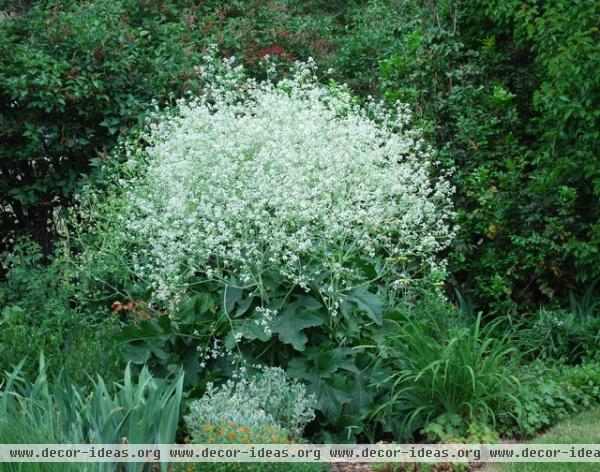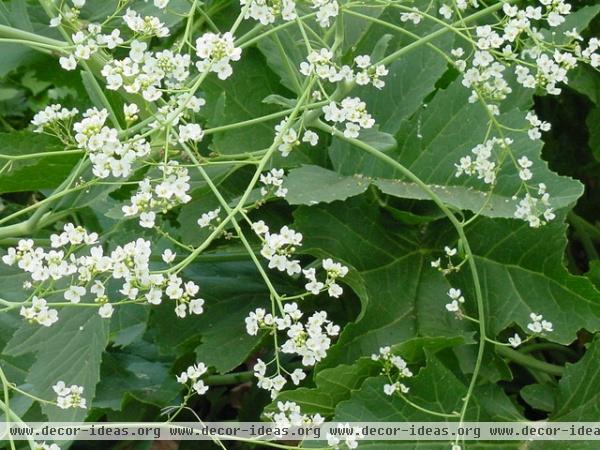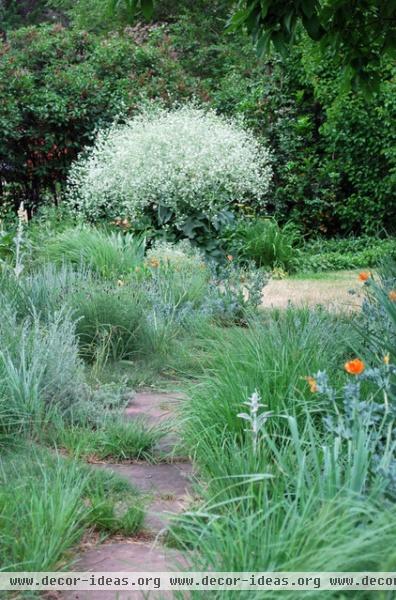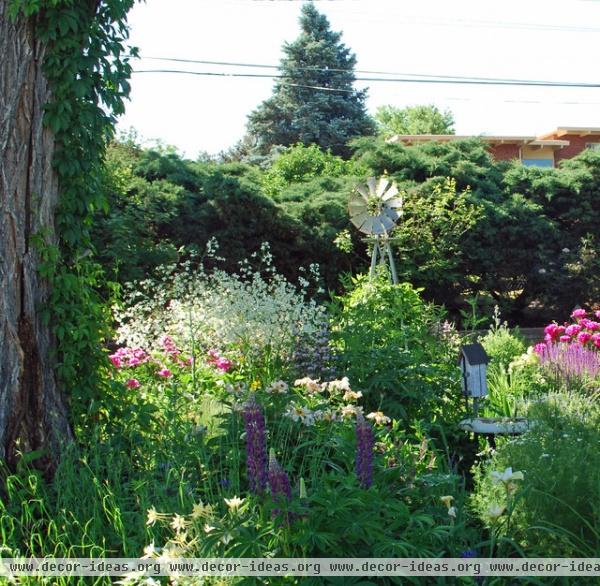Great Design Plant: Towering Colewort Adds Playful Drama
http://decor-ideas.org 08/17/2013 19:40 Decor Ideas
Imagine baby's breath (Gypsophila spp) on steroids; that's colewort. The oversize foliage and towering inflorescence evoke a fun sense of the tropics for gardeners in colder, drier climes. Colewort, also referred to as giant crambe, is a plant with enough physical presence in the garden to serve as a focal point and anchor a diverse planting scheme.


Botanical name: Crambe cordifolia
Common names: Colewort, giant crambe
Where it will grow: Hardy to -20 degrees (USDA climate zones 5 to 8; find your zone); does not tolerate hot, humid climates
Elevation range: Up to 7,000 feet
Water requirement: Moderate
Light requirement: Full sun
Mature size: 4 to 7 feet tall and 4 to 5 feet wide
Benefits: Colewort provides that bit of supersize fun every garden needs and creates a strong contrast to more delicately textured plants.
Seasonal interest: Flowers June to July; showy foliage spring to fall
When to plant: Spring to fall

Distinguishing traits. The large foliage clump — with leaves up to 10 inches long — resembles that of rhubarb. Hundreds of small white flowers form a dense, cloud-like inflorescence on sturdy stalks up to 7 feet tall.

How to use it. Colewort works best as a single accent specimen in the garden, rather than scattered here and there.
Use it with classic June bloomers like peony (Paeonia spp), Oriental poppy (Papaver oriental), iris (Iris spp) and roses (Rosa spp). Plants with silvery-blue or gray foliage — like Powis Castle sage (Artemisia), blue oat grass (Helictotrichon sempervirens) and rose campion (Lychnis coronaria) — are beautiful companions, too.

Planting notes. Colewort prefers full sun but will tolerate partial shade. Moderate water and average, well-drained garden soil are ideal. Although colewort has a bulky, imposing root system, I've been successful transplanting it in early spring, just as the leaves start to emerge.
Related Articles Recommended












